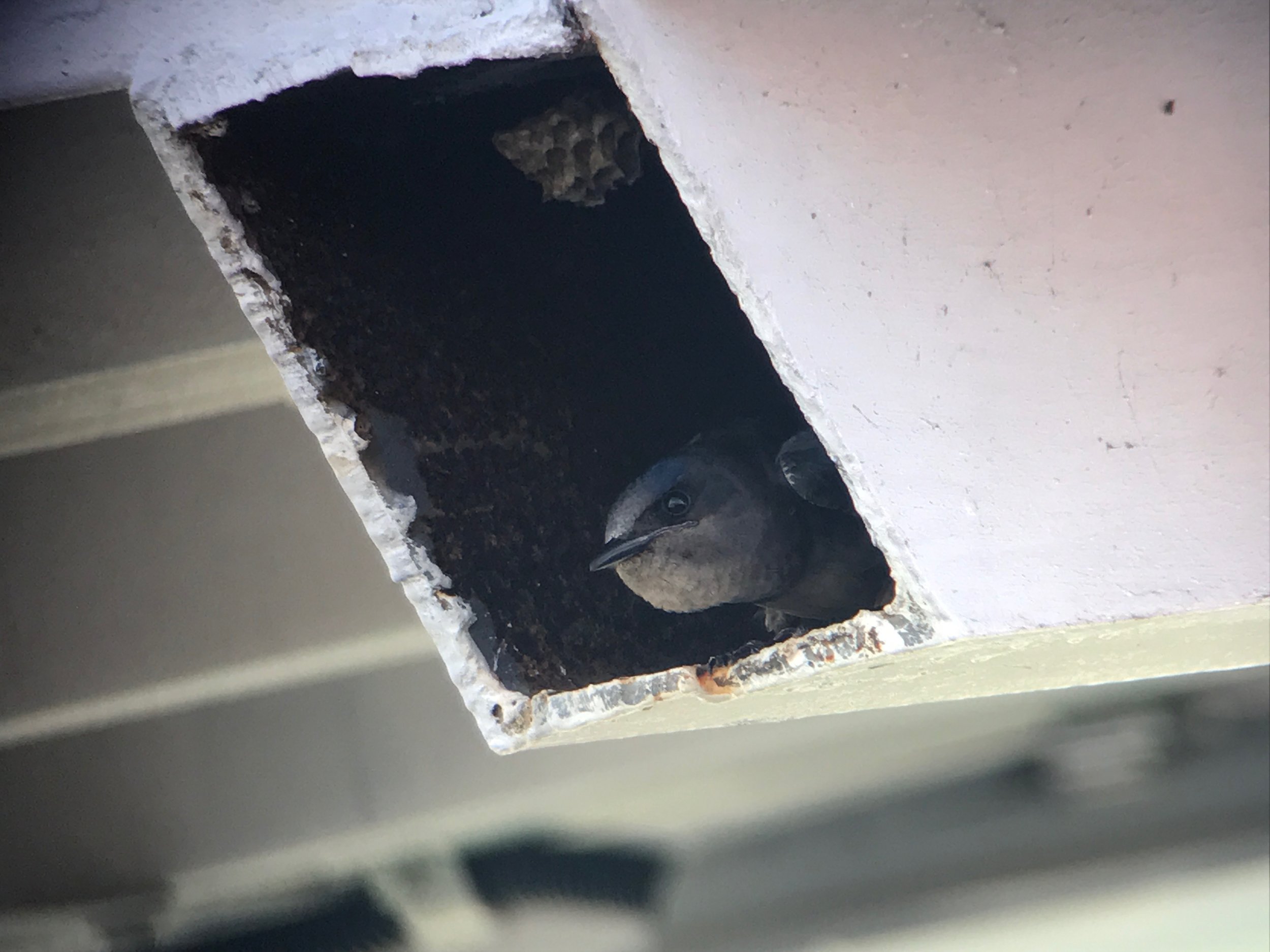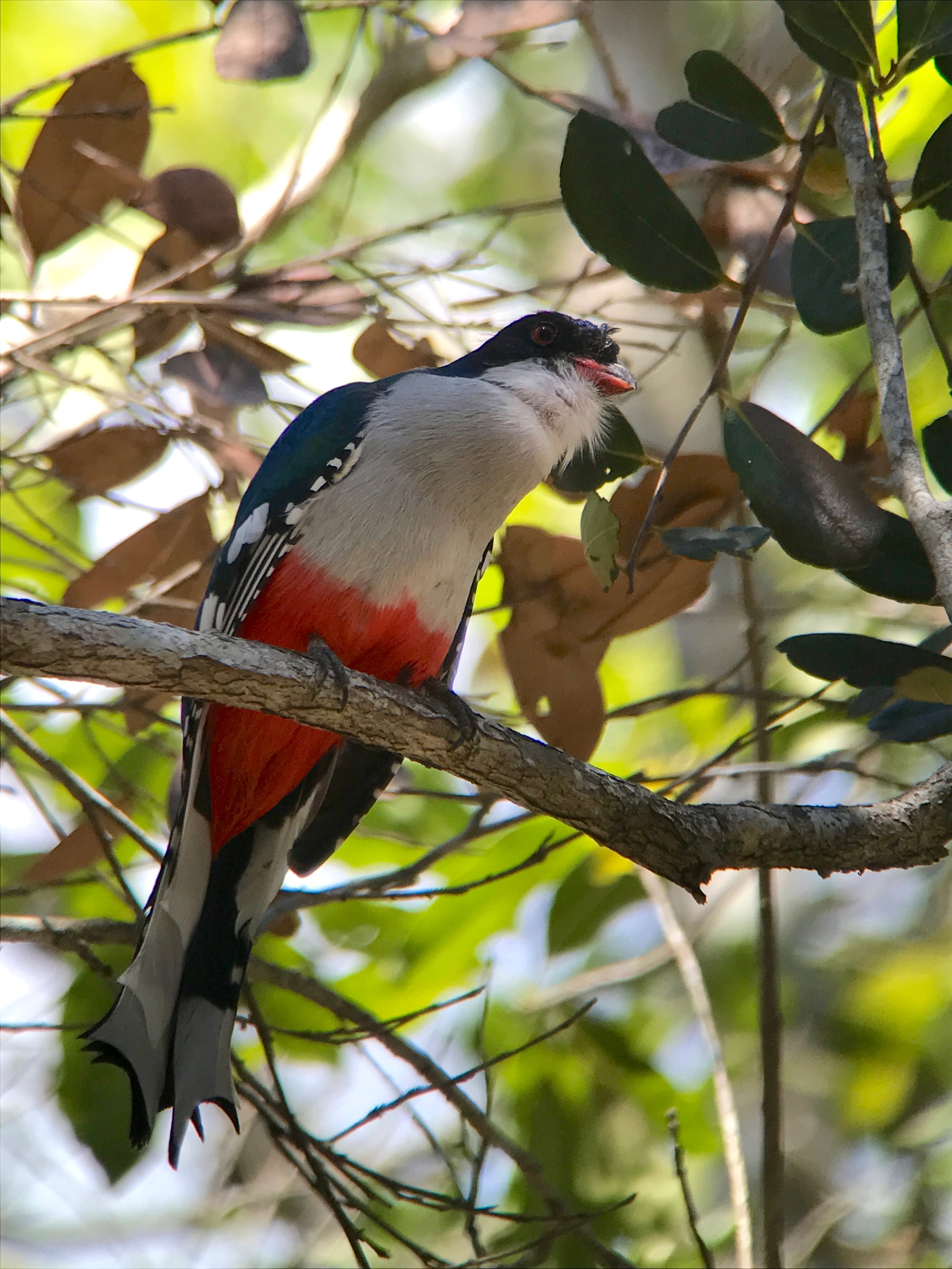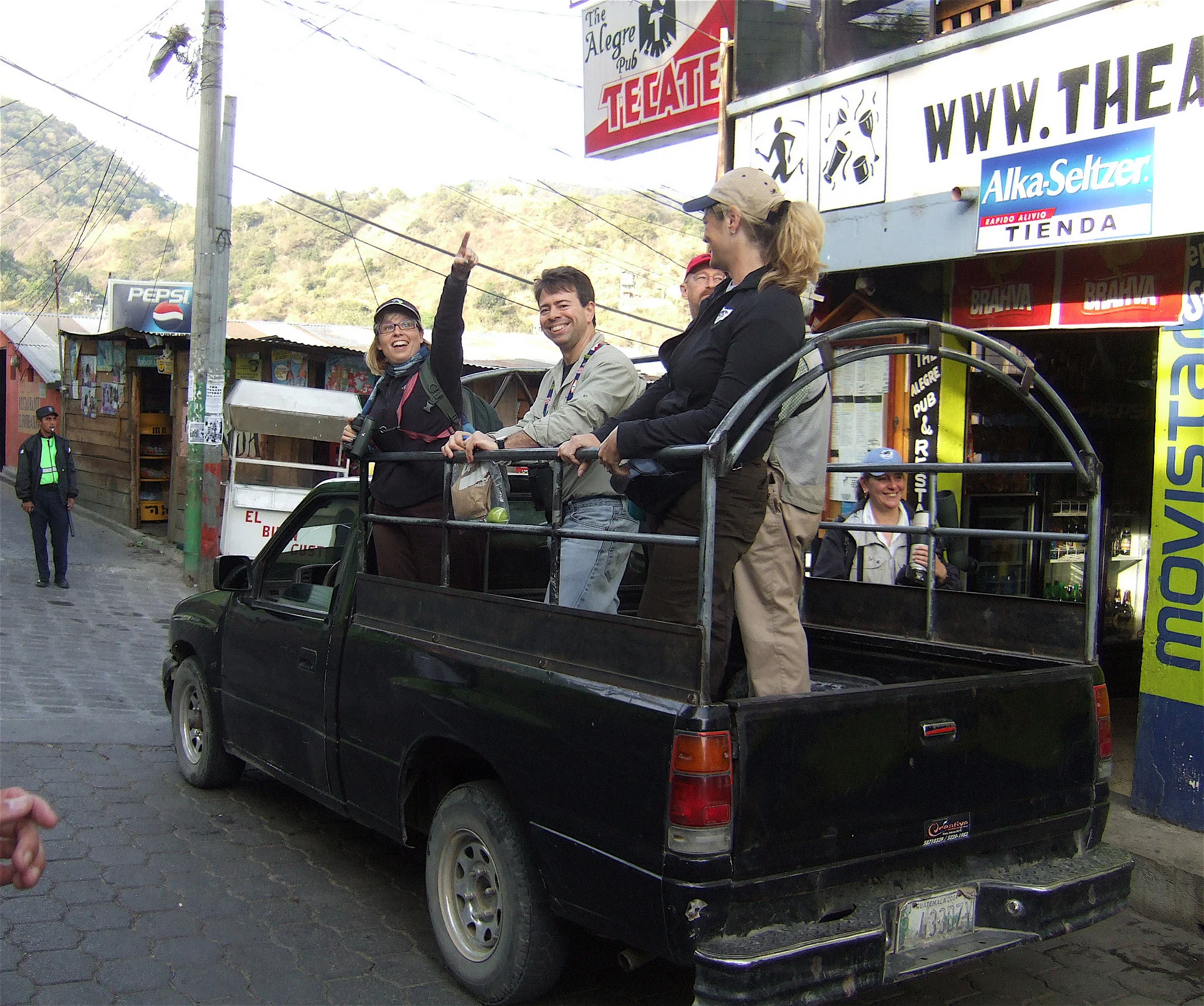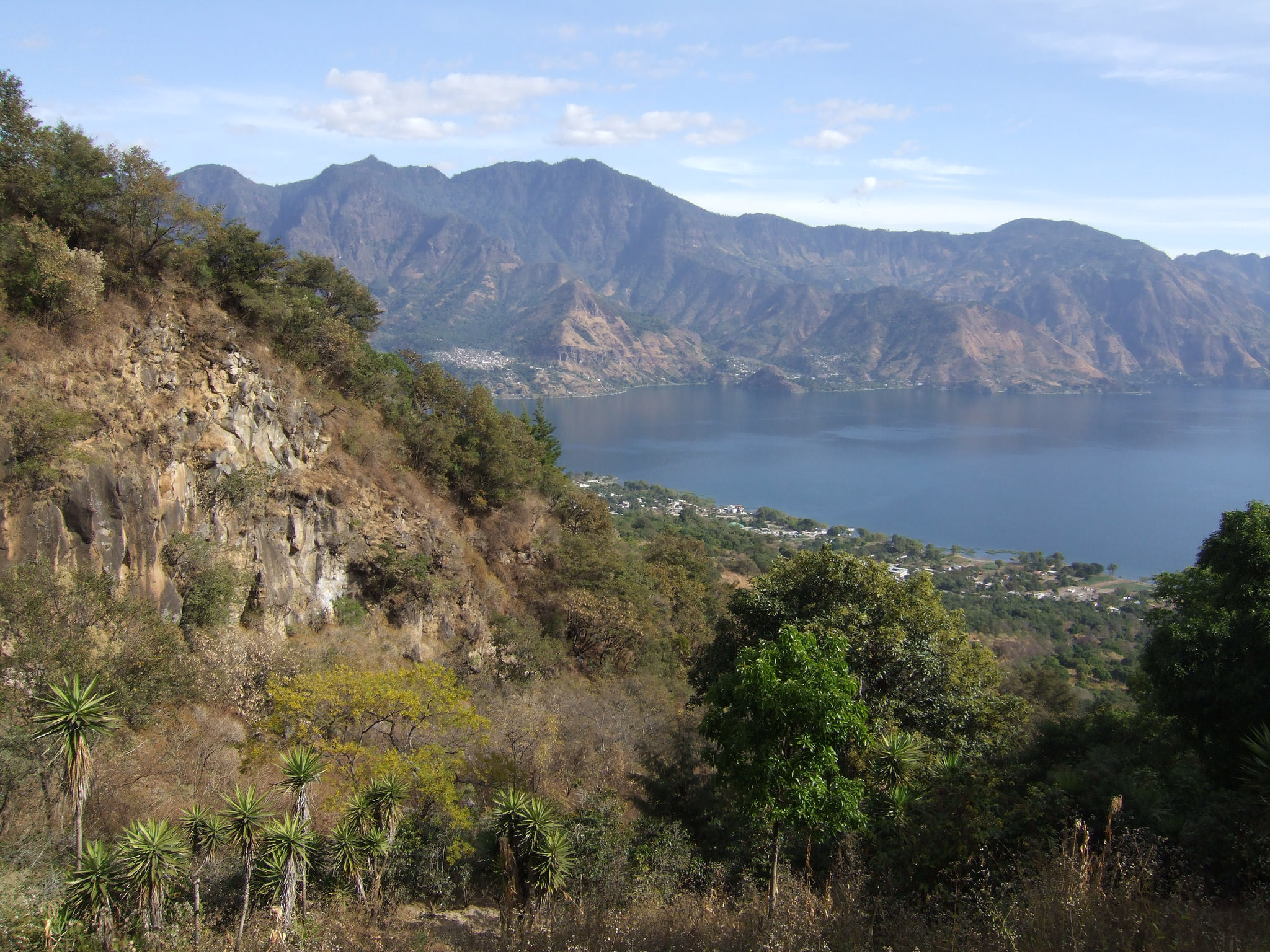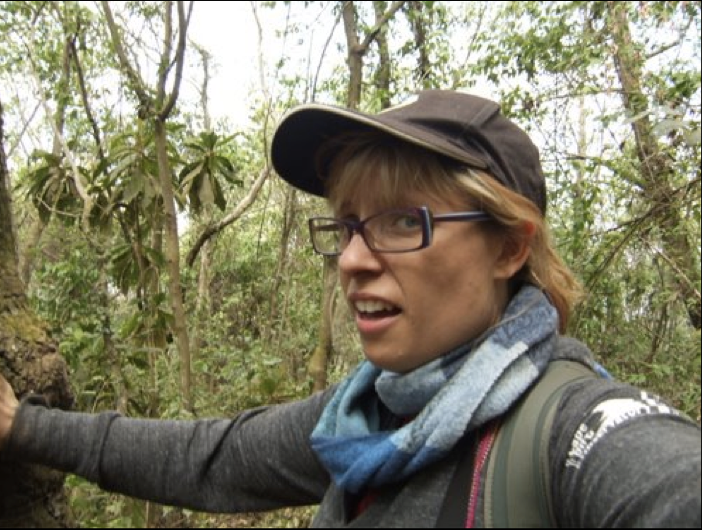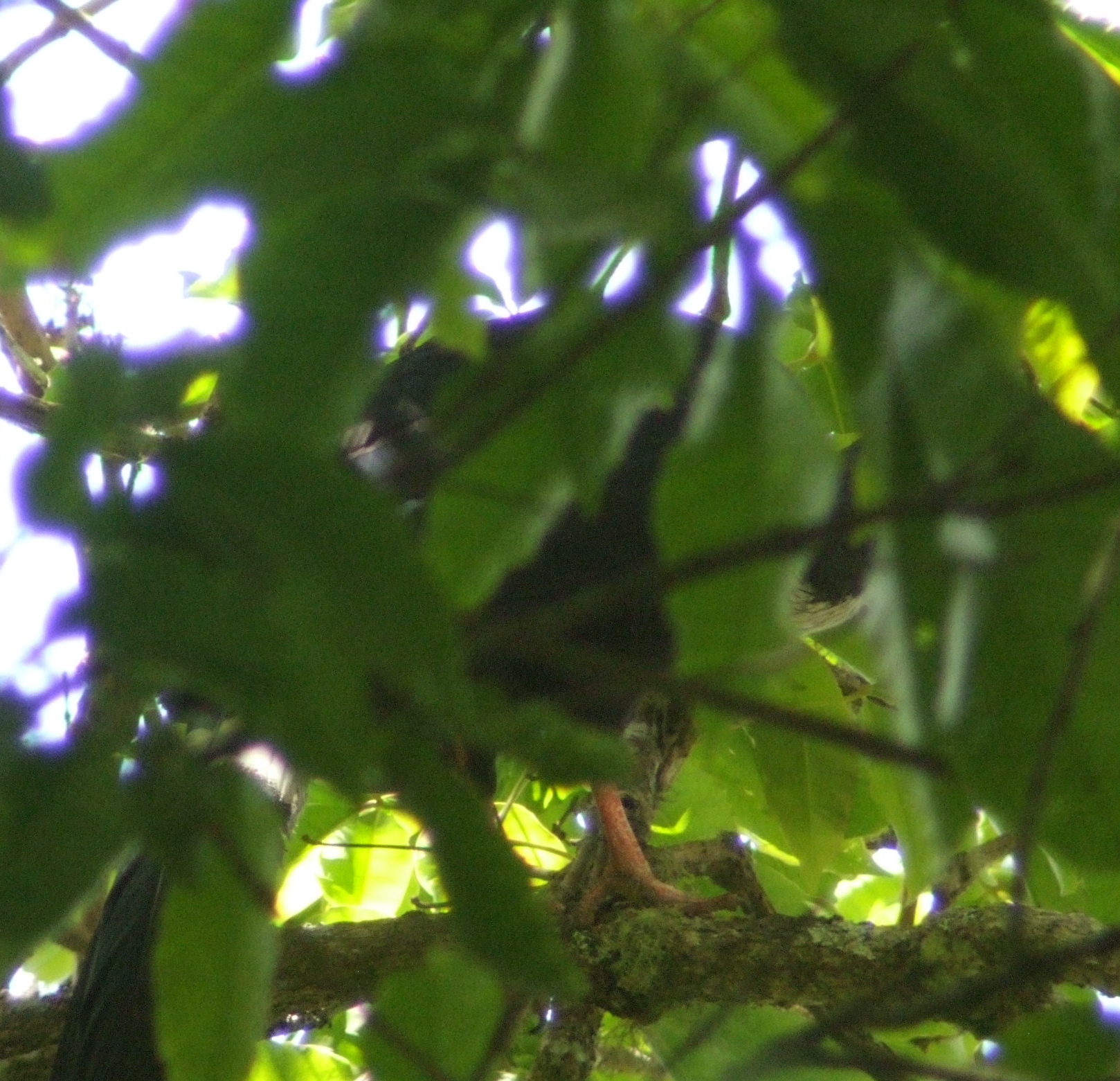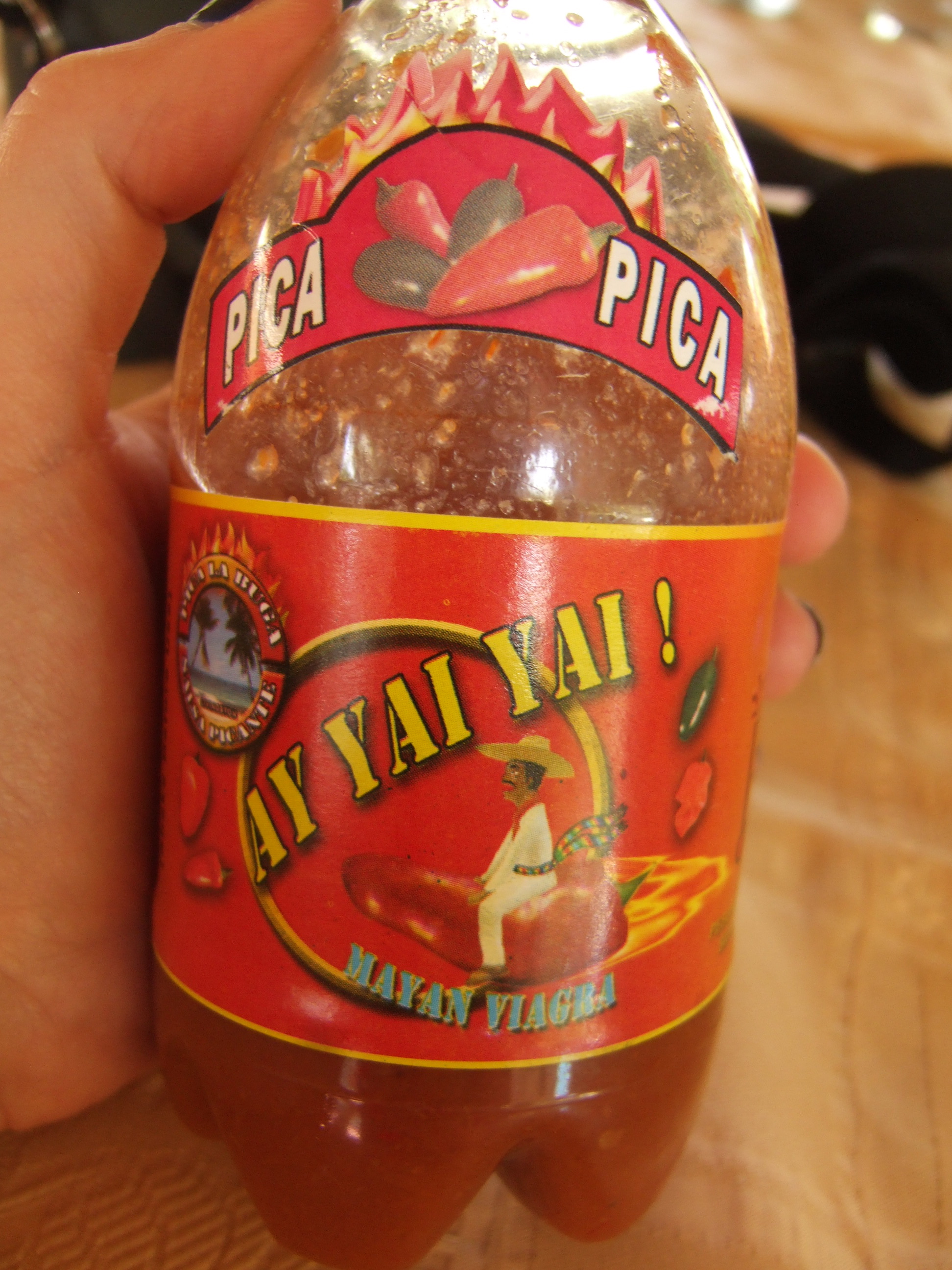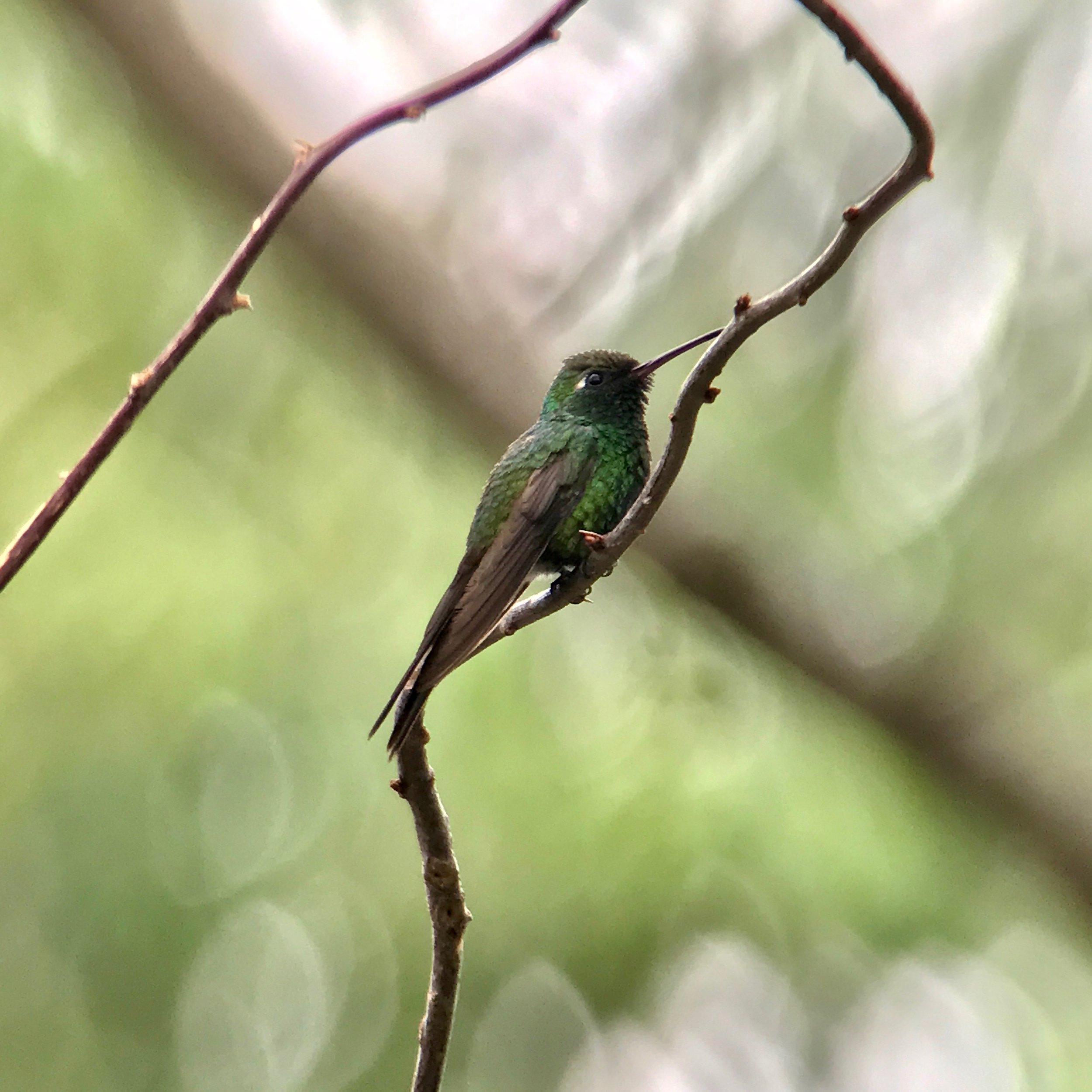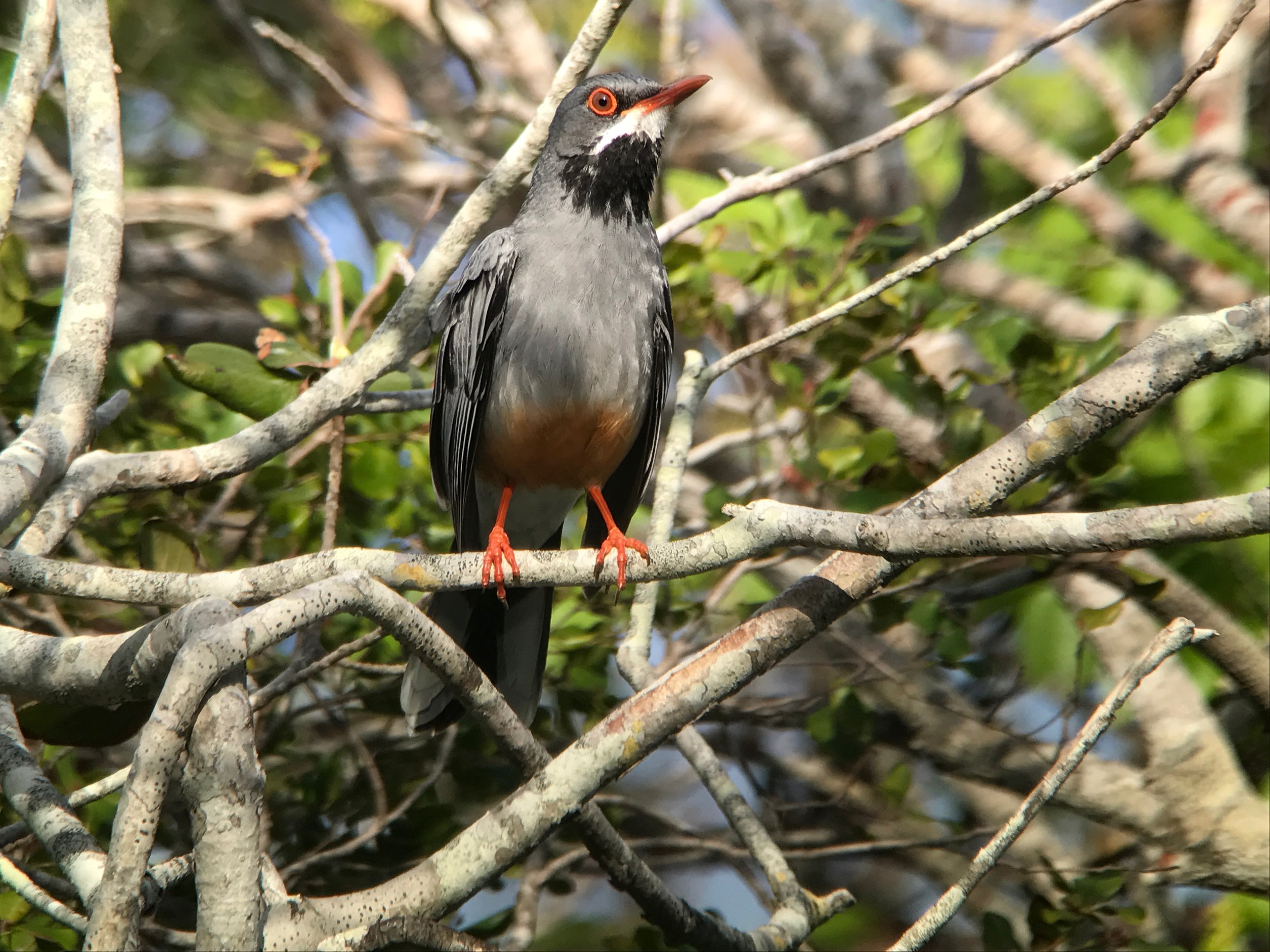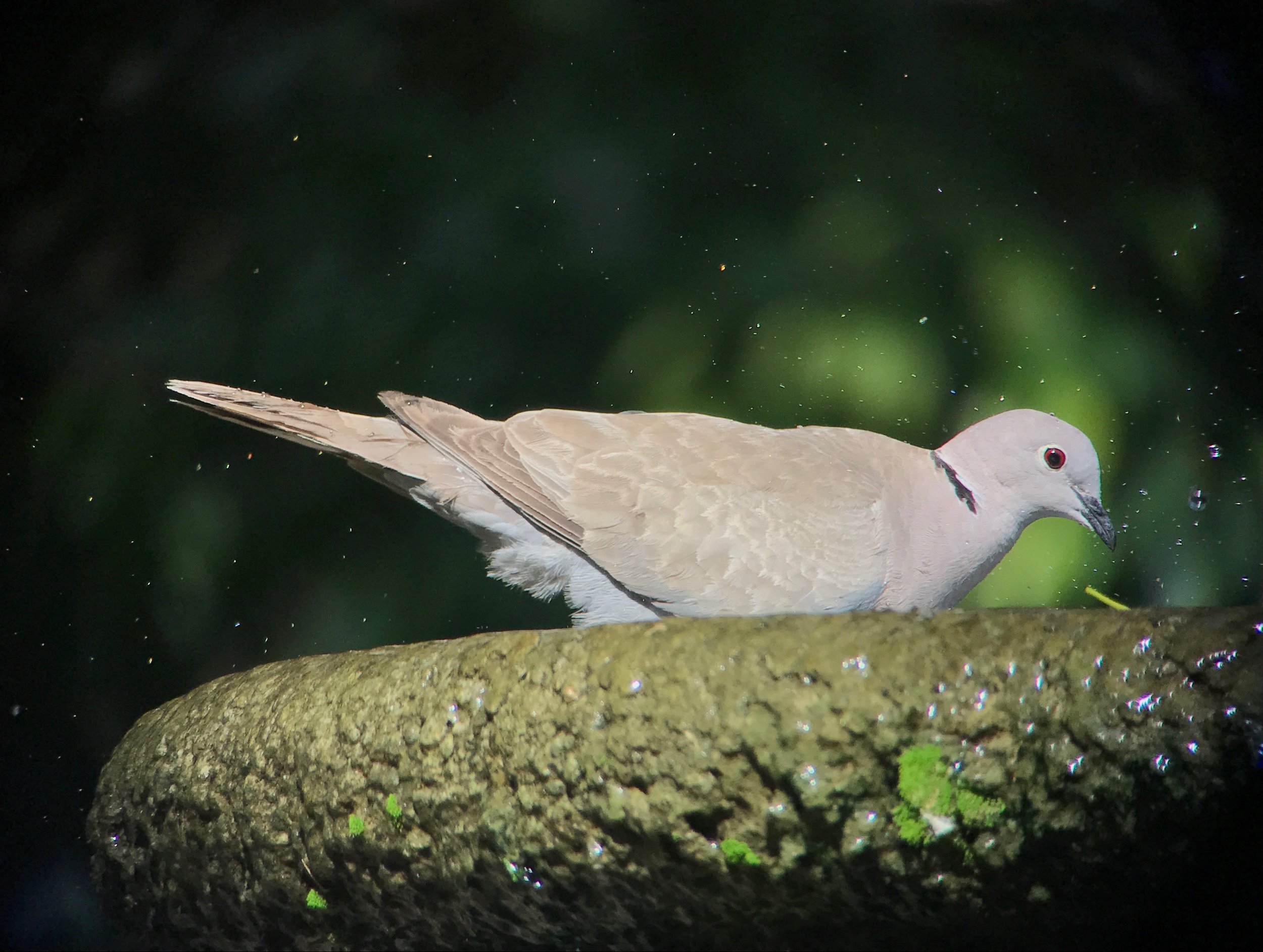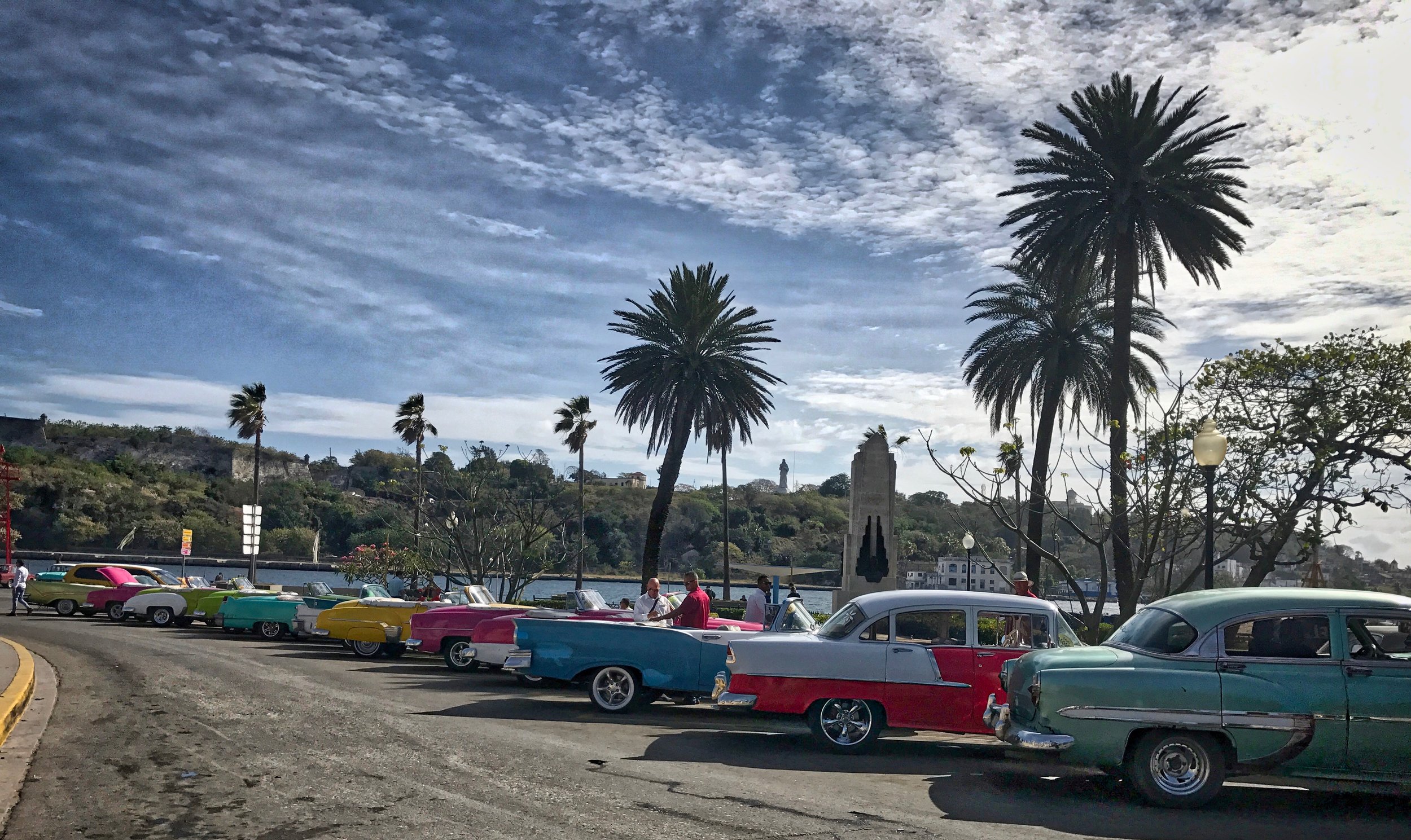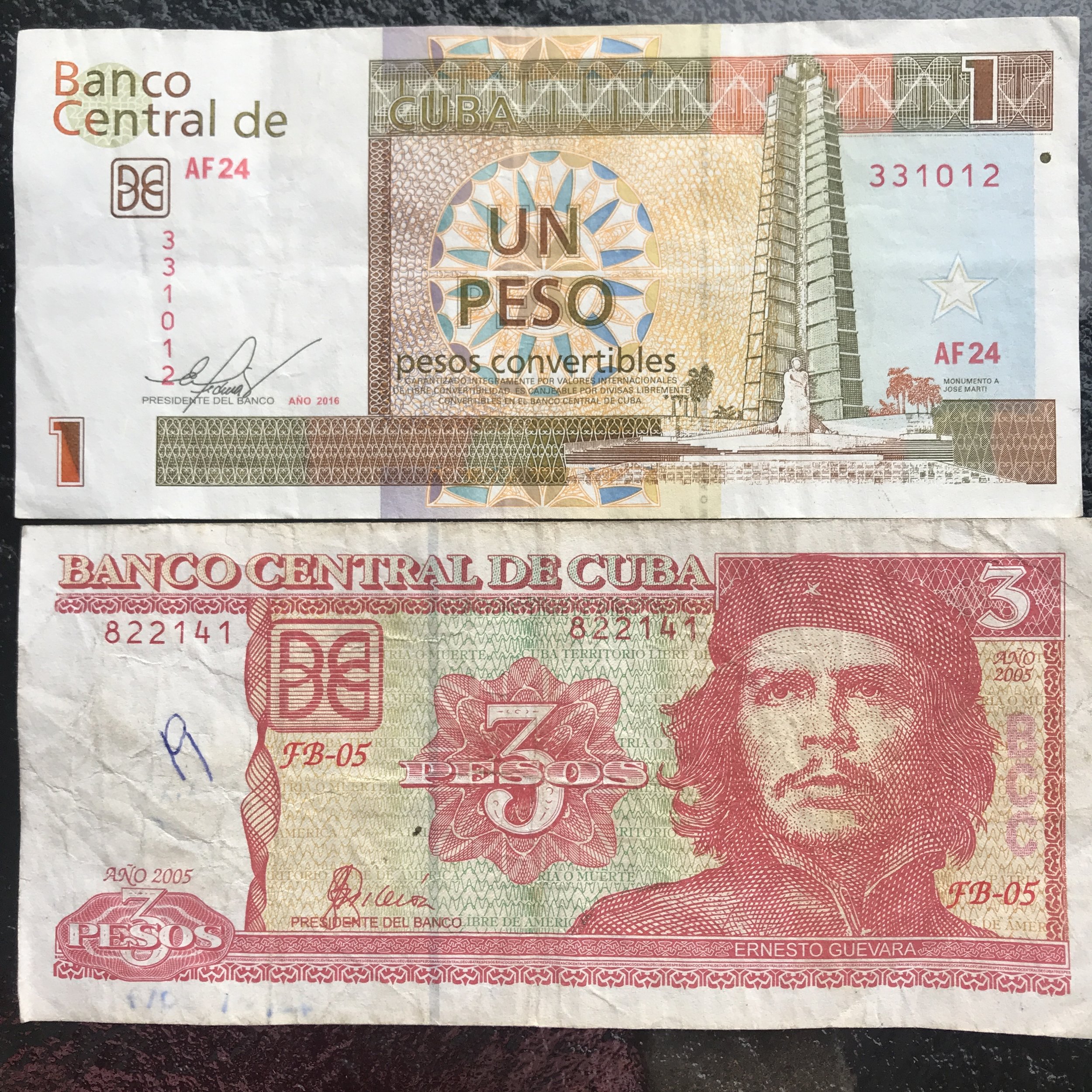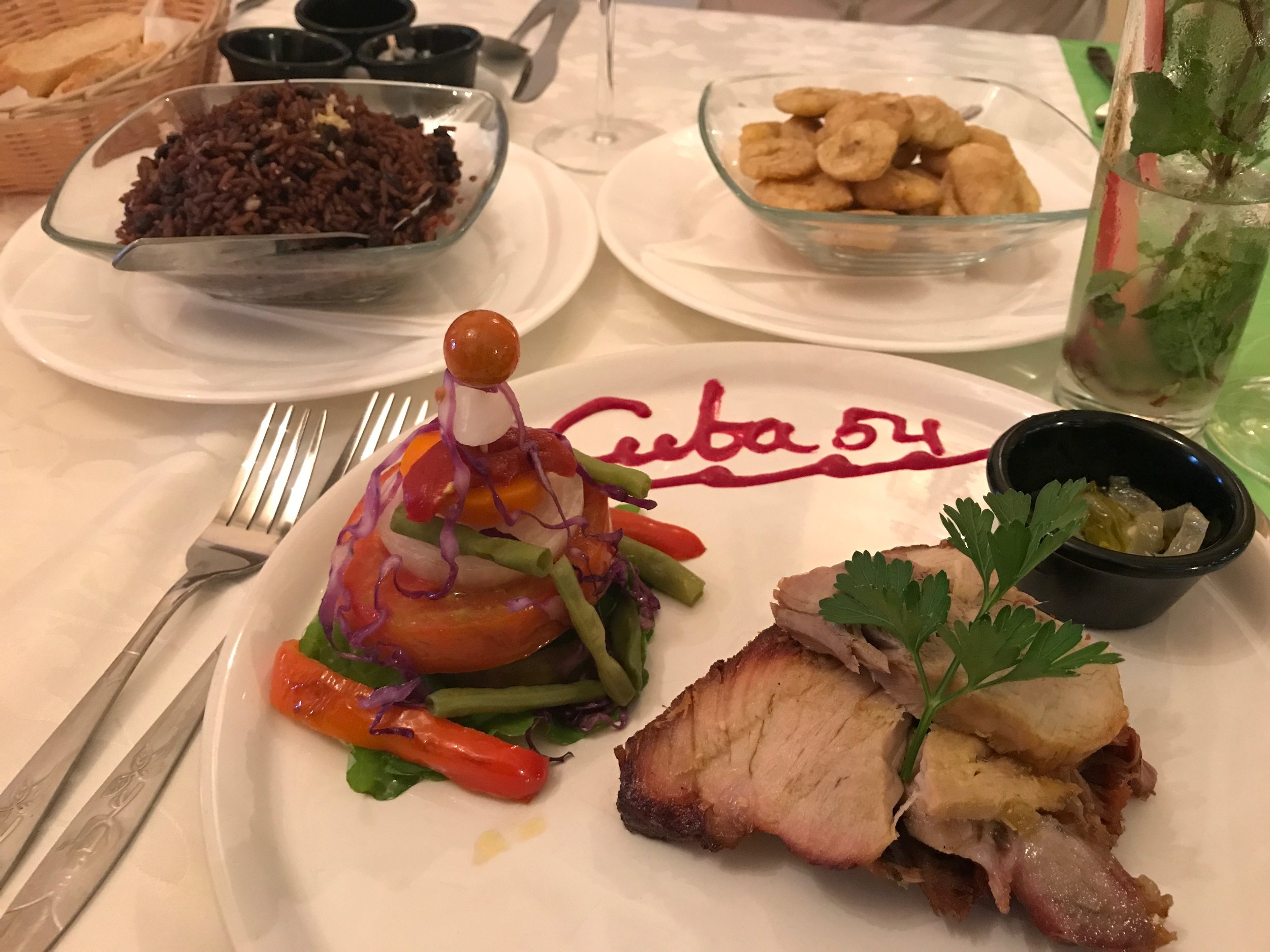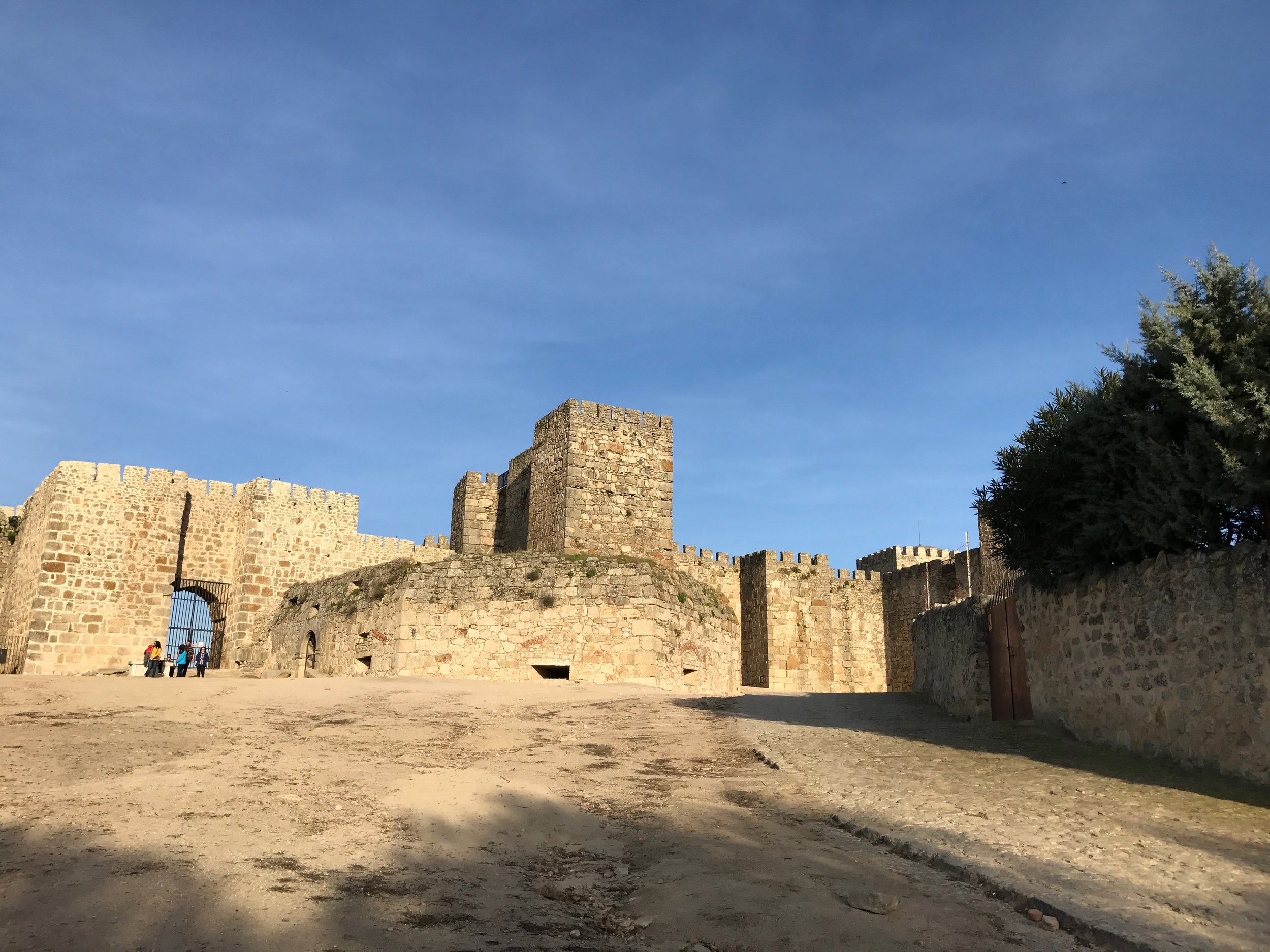I'm not racist.
I never imagined I would need to make a statement like that, but when the leader of your country says words and supports groups that blatantly are, I feel I need to make sure people know this. Especially the many friends I’ve made all over the world.
The chestnut-sided warbler migrates to the United States to raise their chicks, then heads to "shithole" countries like Haiti and El Salvador every year.
I hesitated to put this up because I was worried about starting a political argument in the blog, something I try to avoid. And then I thought…since when is stating clearly that you believe in equality for all people a political statement?
Countries, like people are complex AF. They can show unknown beauty, teach you things that cannot be learned in a book or classroom, they can bring you unimaginable joy and they can make you irrationally angry. They can also break your heart.
I’ve been in countries that I’m sure the current President of the United States would term “shitholes.” Though I have not been to the countries he specifically stated were "shitholes" many of the countries I've been to share some particular characteristics with his list: people of color and for some, extremely poor living conditions. I generally like to keep things neutral in the blog because I want to focus on birds and wildlife and I think no matter how much we disagree with each other politically, we can find commonality in nature. In the past when I see things I struggle with while out birding, I tend to leave that as a story I only tell friends over dinners and drinks. I think I need to stop that.
For example, Honduras was one of the most beautiful countries I’ve ever been too. I loved the people I met, the terrain was breathtaking (literally and metaphorically) and the birds were outstanding. However, the poverty was overwhelming. Every animal I saw was emaciated. You could see the rib cages of dogs, horses, cows—even pigs. Imagine that, my fellow US citizens, pigs so thin you could see their ribs.
While I would stay in my cozy lodges where my daily choice was bird watching, a massage, reading in a hammock, writing, sketching, or snorkeling, some families around us were living in shacks with tarp roofs struggling to survive. Children were out there who couldn't go school because they were needed to go through the streets and search garbage bins to find scraps to sell or eat just so their family can survive. Yes it can be argued that the tourism dollars I bring with me helps, but will it help the individuals I saw? Highly unlikely.
And this is not the only country that has that kind of “shithole” existence going on. Perhaps you’re thinking I might next bring up Cuba or Guatemala living conditions I witnessed. Nope. I’ve seen similar shithole existences right here in the United States. I saw it right in our capital of Washington, DC last October—people living in tents around monuments or within site of the White House itself. I see it daily in Minnesota. Right now, someone is living in a tent on property adjacent to my apartment building’s complex. The current temperature outside as I write this is -13 degrees Fahrenheit. He is a white male living in that tent in the United States.
If you’re reading this and you voted for Trump, I don’t care what policy or tax break or health plan you thought he would fix for you. Can’t we agree that this overtly racist attitude is intolerable, unacceptable and a total embarrassment? And if you think it’s ok, I would encourage you to book a trip somewhere out of your comfort zone. Learn more about the countries you don’t understand. Most people aren't out to "get us." They want a little piece of stability to spend time with family and friends and pursue their happiness.
The thing that’s incredibly frustrating for me is that the news gets overwhelmed with these immature comments and we are missing actual changes that affect us all right now: Santa Ana National Wildlife Refuge could be taken from us for a useless border wall that is for show and not action. The Eminent Domain process was ignored on private property when the federal government started work on the wall on private property owned by the National Butterfly Center in Texas. The Migratory Bird Treaty Act has been relaxed a bit so killing birds for construction is ok. The Bundy family who tried to take federal land away from the US people by high jacking Malheur National Wildlife Refuge is free because federal prosecutors botched their case. As of today the federal government is about week away from a shutdown…something that almost happened right before Christmas. The government was less than 48 hours from a shutdown but no one noticed because, “Oh hey, the president said something insane again.”
So, in case it wasn't obvious...I'm not a racist and I don't think any of what is going on right now is ok. And as I struggle with daily outrage fatigue, the thing that is getting me through this is watching birds. And Jameson.















